It took about nine hours’ worth of episodes for Loki to wrap up 12 years of MCU storytelling. Just nine hours. That’s like, half an Eternals.
What’s even more impressive is that the Disney Plus series stuck the landing, gracefully making it feel like its hero had always been on this path. It closed out Loki’s character arc in a beautiful, satisfying way. Even the character’s biggest fans had to admit that if things had to end, this was an ending that made the journey worthwhile.
Which makes you think: What if that happened with more Marvel characters? Wouldn’t it be great if, after more than a decade of stories, a few other members of the world’s biggest media franchise were allowed to get off the story treadmill and find a meaningful ending? You know, before Chris Hemsworth’s knees turn into powder from doing all those squats?
It’s a big ask. Maybe too big. But let’s consider some of the other MCU heavy hitters who’ve struggled to find their “glorious purpose,” and what their purposes might be.
Doctor Strange
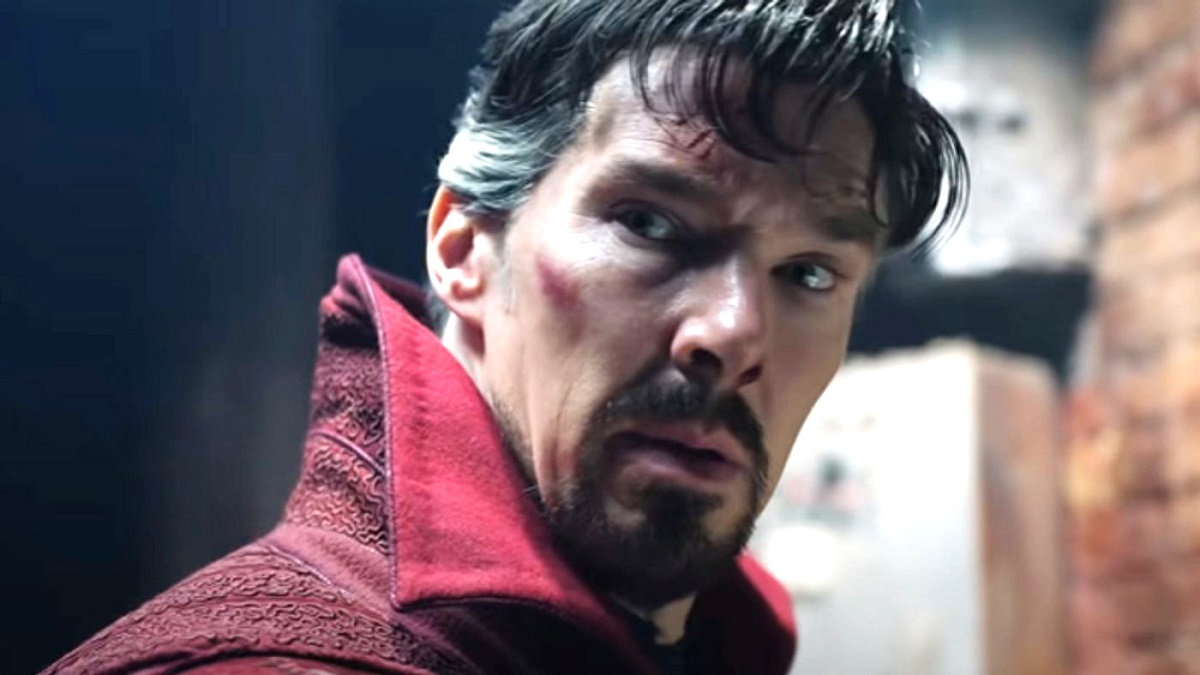
Doctor Strange has been spinning his wheels since Infinity War, mostly stepping up as the Tony Stark stand-in who tries to make things better, but who accidentally kicks off a chain of events that leads to a superhero fight.
How he finds his glorious purpose: By going back to work.
Doctor Strange has always been a man tangled up in ambition. It’s how he got where he is; he was the best at his job, then went looking for a way to get that feeling back. In the process, he got distracted by the process of becoming the best at a whole new thing: Being the cranky magic man.
In the years since, Doctor Strange has pretty uniformly made things worse, cracking open the Multiverse because he felt bad for a sticky teenager, and causing the collision of universes by doing all the things that he knew he shouldn’t. His superhero track record is bush league, no matter how impressive his powers or how good his intentions.
Post-Multiverse of Madness, Kamar Taj is as safe as it’s going to be. Wong is the Sorcerer Supreme. There’s no more Time Stone, and the Sanctum Sanctorum is, for all intents and purposes, a huge property value headache come tax time. The MCU might not have a place in it for Doctor Strange anymore, but it could use a healer – one with a genius-level understanding of medicine and the ability to make miracles. It’s time for Strange to come to terms with the same hard truth that aspiring theater majors face every day: The world doesn’t need more people in capes. It needs another doctor.
Bucky
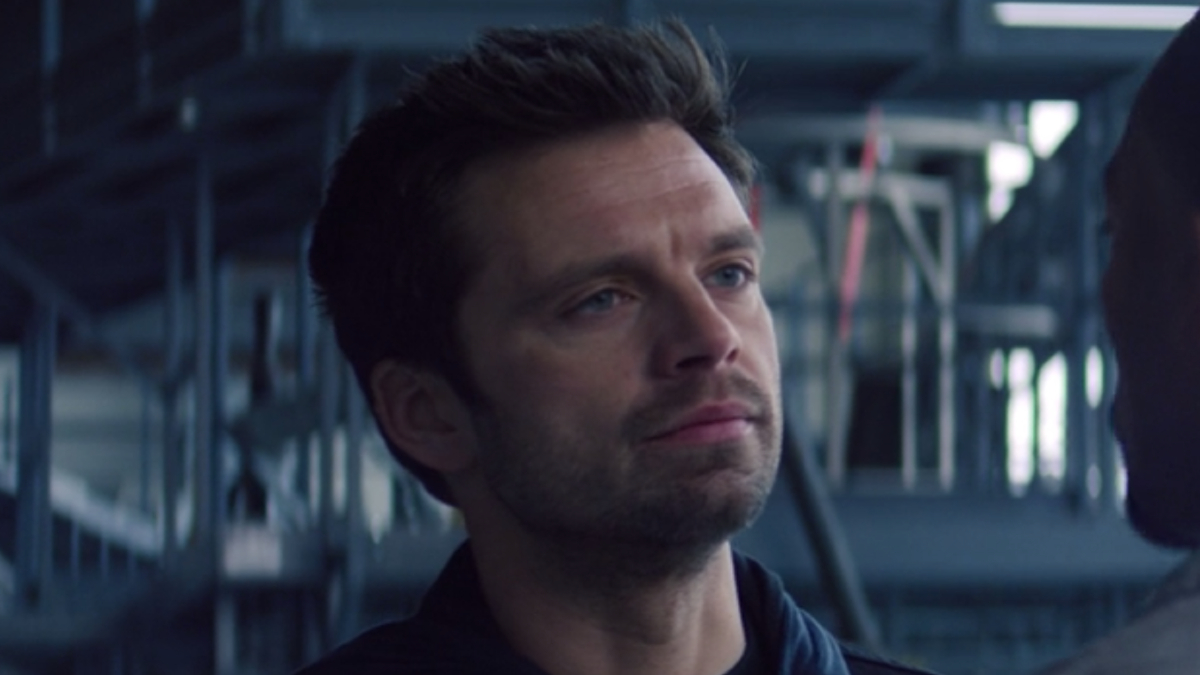
The Falcon and the Winter Soldier, later Captain America and the Winter Soldier, could have probably just been called The Falcon and Captain America and Also The Bad Guy Does a Dance. Bucky Barnes was mostly just sort of around, first sprinkling light resentment on Sam Wilson, then patting him on the back and saying “good job.” Not that doling out tidings of “good job” is a fundamentally bad move — it’s just that it doesn’t make for a character arc. It’s more of a nice card that you get for someone when they graduate from community college.
How he finds his glorious purpose: By working the steps.
Bucky is one of comic book history’s most stunning examples of not just monster as metaphor, but the upcycling of a campy premise into an emotionally poignant parable. He started as a kid sidekick to an American super soldier, cheering on his buddy and punching out Nazis with his child-sized fists – an attention-catching concept if you were a kid in the ‘40s, but a nightmare of a premise from an adult perspective.
Reimagined as the Winter Soldier, Bucky became a living allegory for the trauma of war. It’s not an accident that he’s an amputee. Wounded and returning stateside, he loses control of his actions. Chemically numbed, he can’t be held responsible for the violence he inflicts, and he inflicts a lot of it. It’s a story that resonates for anyone who’s had trouble coming home, or watched their friends and loved ones struggle with the same.
We see hints of what Bucky could do in The Falcon and the Winter Soldier. He acknowledges that he’s been powerless to change. He takes stock of the ways that he’s harmed others, and tries to own the damage. 12 step programs aren’t without their flaws, and they’re not for everyone, but if monsters get to be metaphors on their worst days, they should get to do the same when they try to have good ones.
Thor
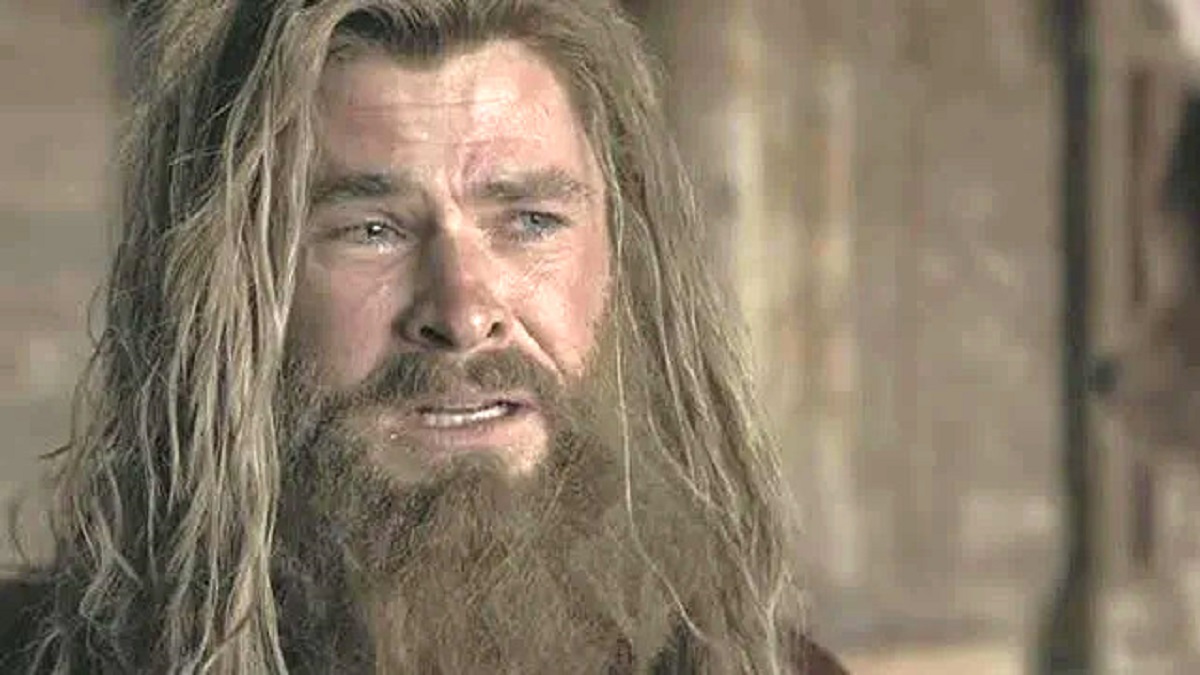
Poor, sweet himbo. He’s been stuck in the mud for a minute, hasn’t he? It’s a shame, too – Thor has depth. Remember his first movie? He went from being a guy who didn’t care with a hammer, to being a guy who didn’t care without a hammer, to being a guy who did care with a hammer. What happened to that range? Where’d it go?
How he finds his glorious purpose: By going back in time and cutting the mid-credits scene out of Thor: Ragnarok.
I love Infinity War and Endgame as much as everyone else – maybe more, because I’m better than everyone and capable of more complex emotion. But Thor’s story should have ended 30 seconds before the credits rolled on Thor: Ragnarok, with the humbled heir to a conceptual throne finally taking his place as king.
Ounce for ounce, Thor’s story is every bit as satisfying, potentially, as the end of Loki. Thor learns that Odin, the person whose leadership he aspired to, was at least as flawed as he was. Thor, like Loki, could echo the actions and physicality of Odin. In Thor’s case, he emulates his father by improving where he can, evolving, adapting. He’s not his dad. He’s trying to do better.
So when Heimdall asks him where they’re headed, and Thor answers, “I’m not sure,” no Peter Dinklage story ensues about DIYing Thor a new hammer. No misfire of a narrative — however well-intentioned — drags us into Thor’s depressive episode drinking beer and eating pizza. Most importantly, no Love and Thunder. Just the former most selfish man in the cosmos, keeping an eye on the people who need him, asking his friends where they want to go next.
Black Widow
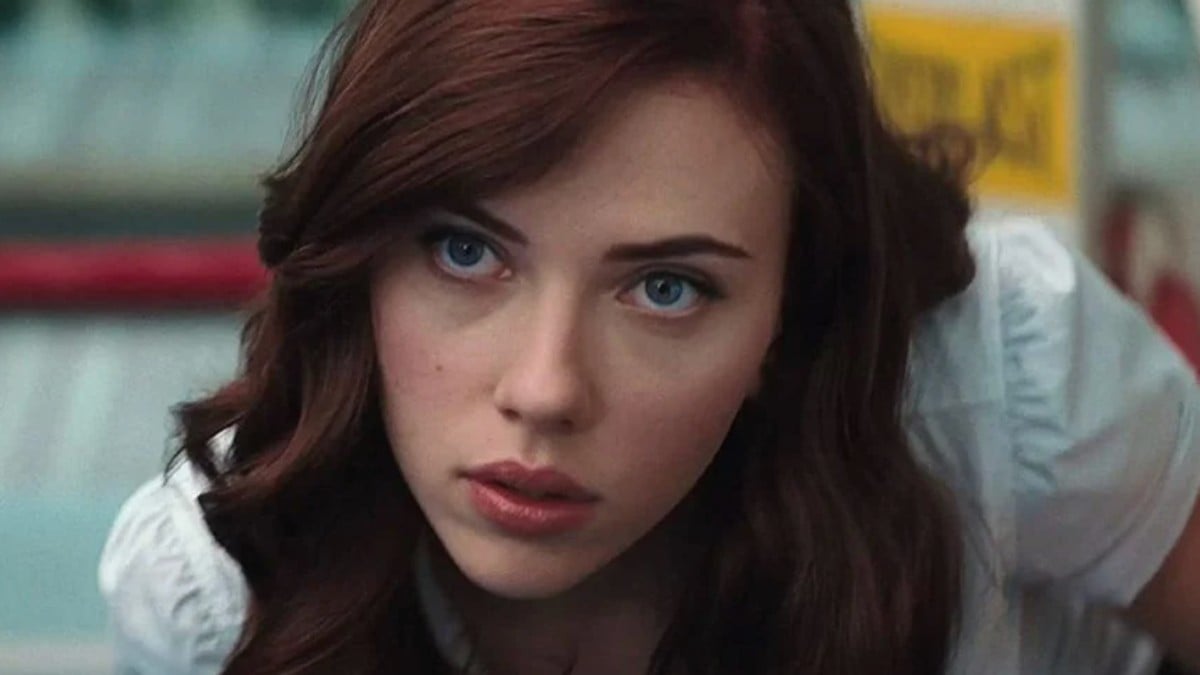
Black Widow has always been a tough sell. Lazy comic book writers used her as a red herring defector. Bad writers made her the pretty lady that boys wanted to kiss. Good writers mostly avoided her.
But the MCU is a celebration of characters rising up to be greater than the sum of their parts – Captain America minus his Mark Millar-era fascism, Iron Man without heavy-handed, water-treading addiction storylines. How do we get some of that for Natasha Romanoff?
How she finds her glorious purpose: By leading the Young Avengers.
It’d take a lot of work to bring Nat back to the MCU, both narratively and in terms of a shirtless Kevin Feige shoveling hundred dollar bills into Scarlett Johansson’s infinity pool.
It might be worth the effort, or the contrivance of finding a science fictiony, bring-Russian-people-back-to-life device. Killing Black Widow to save Hawkeye was a great ending for Clint and Natasha as a duo, but not for Natasha herself. Self sacrifice to save a family is good, generic heroics, but it doesn’t play into any of the themes that her character is built on: Systemic failures, found purpose, overcoming trauma. Trauma comes up a lot with Marvel characters.
And it’s about to come up even more. With the Young Avengers en route, the MCU is about to be swimming in Gen Z’s emotional damage. Kamala Khan, Kate Bishop, Wanda’s crappy kids who won’t stop singing about ice cream – they’re all going to need someone who’s been where they are, and who knows how to navigate feeling used by an unkind world. After escaping conditioned servitude and helping to assemble Earth’s mightiest heroes, Nat spent five years protecting the world as the head of post-Blip logistics. Nobody’s more qualified.

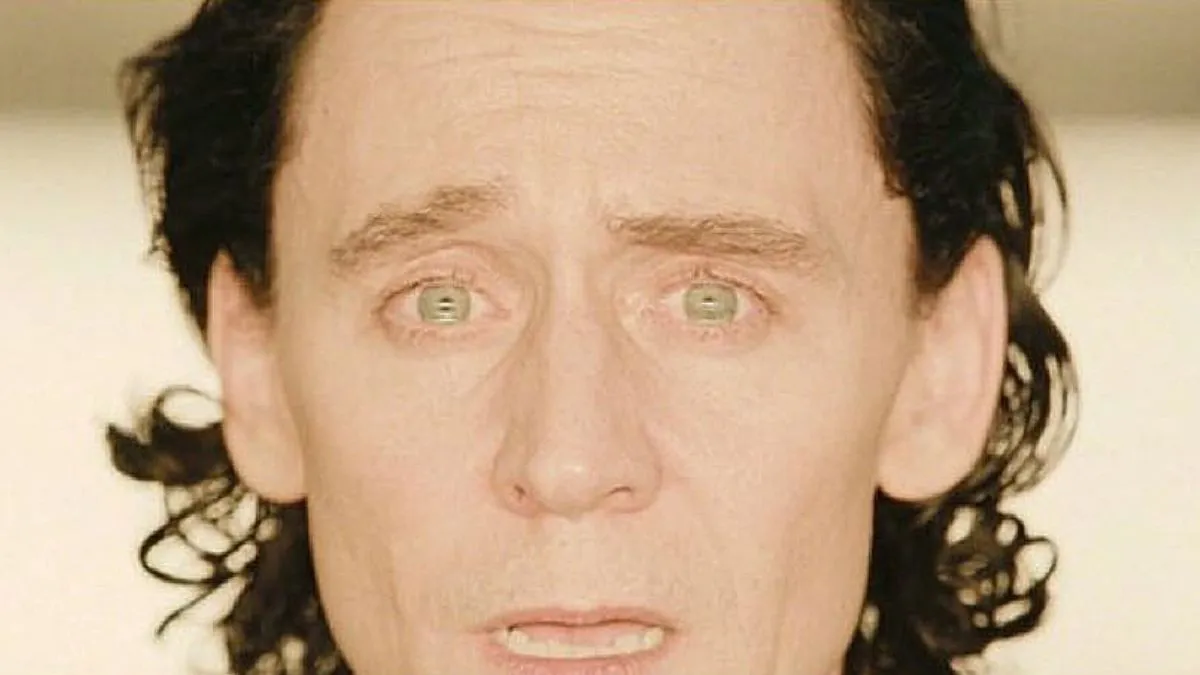
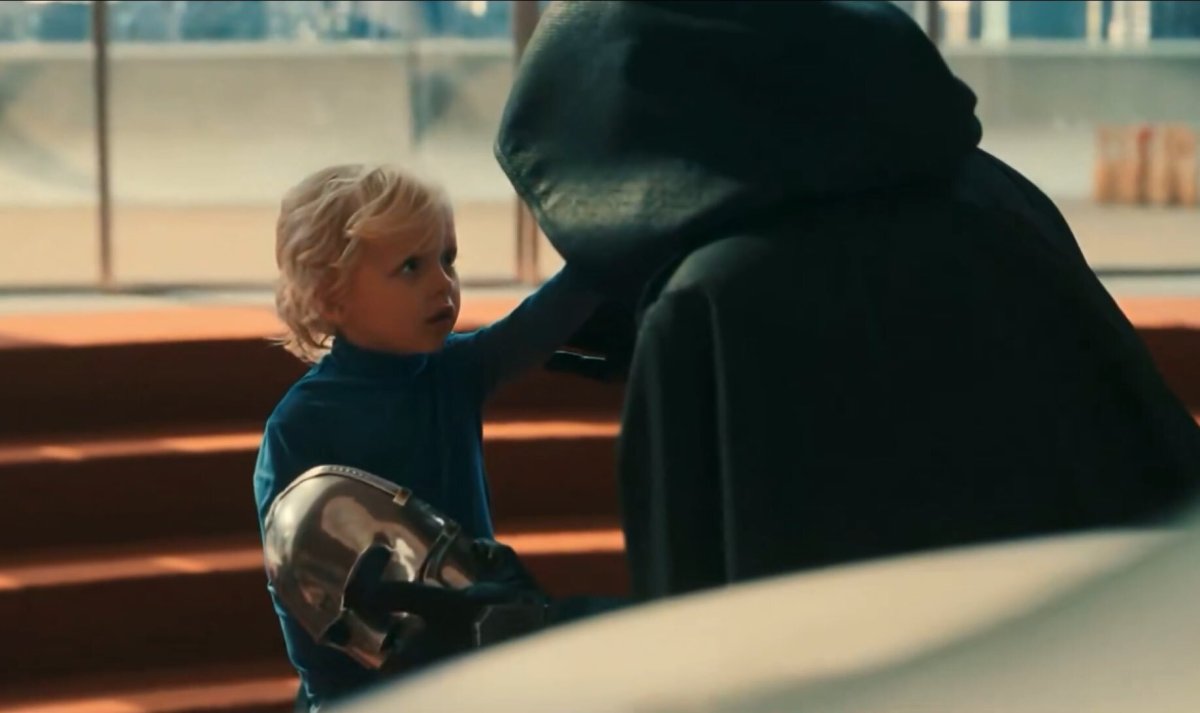
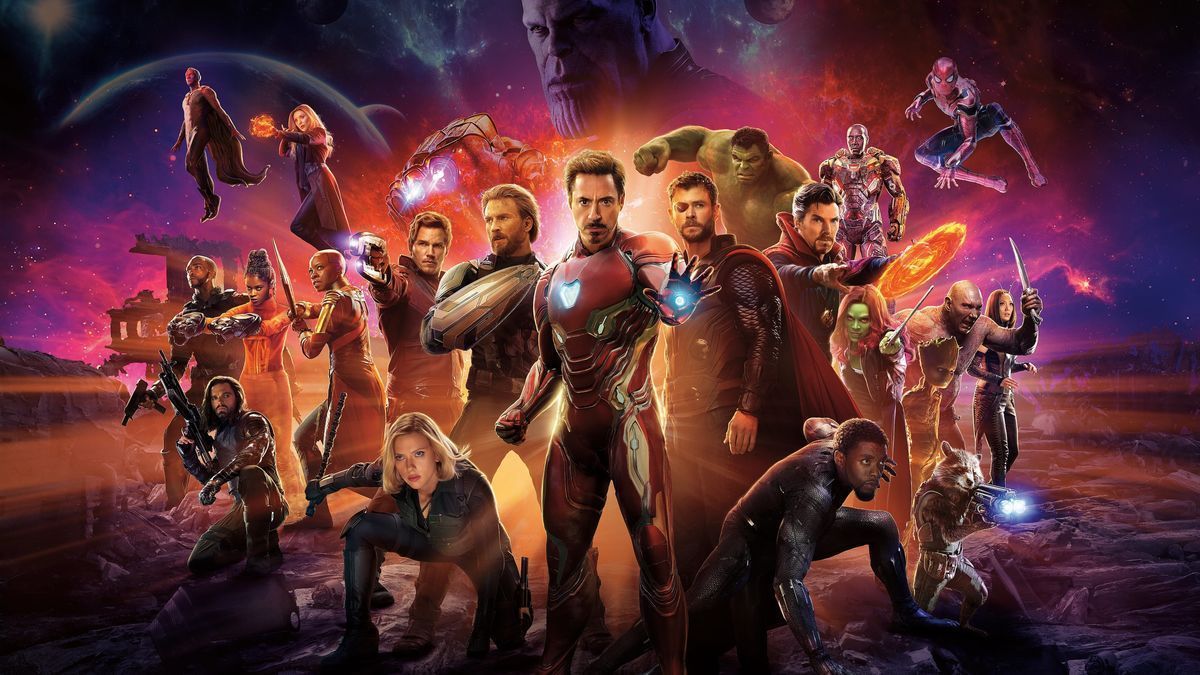
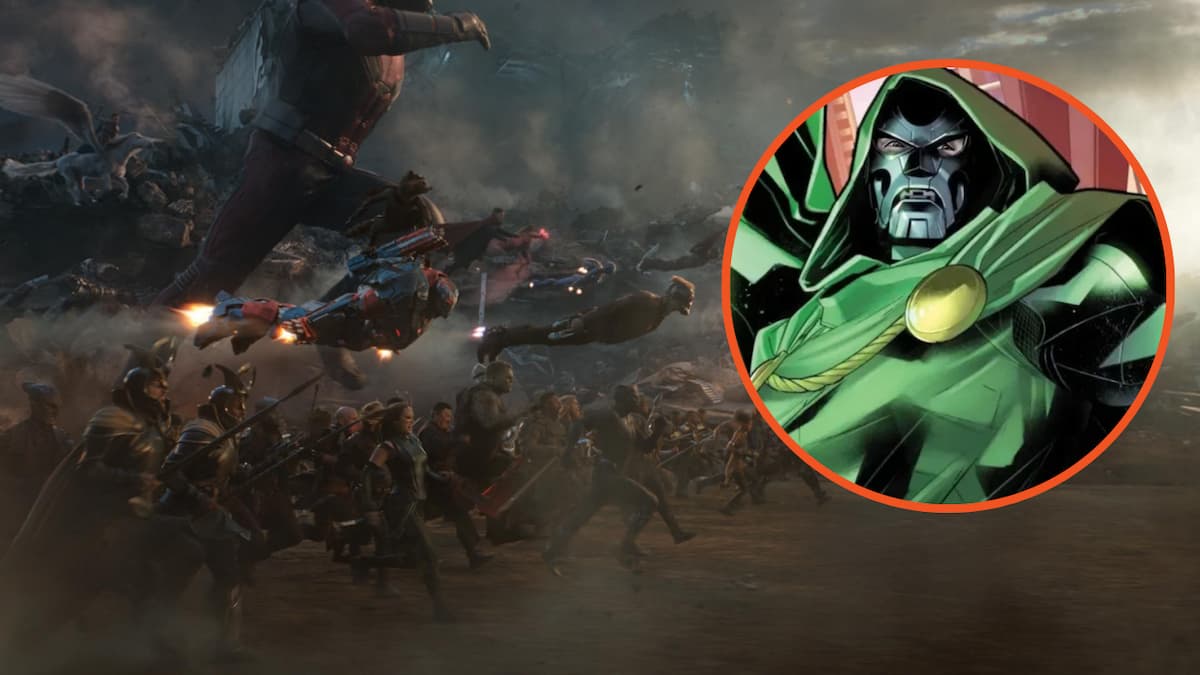
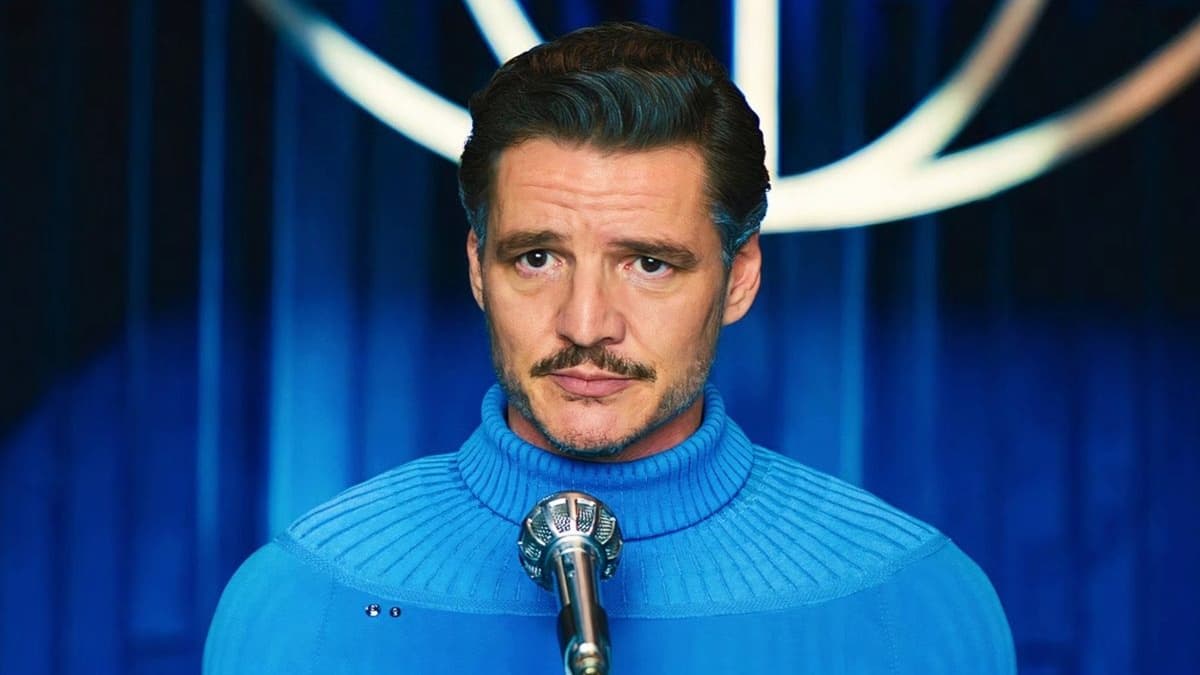
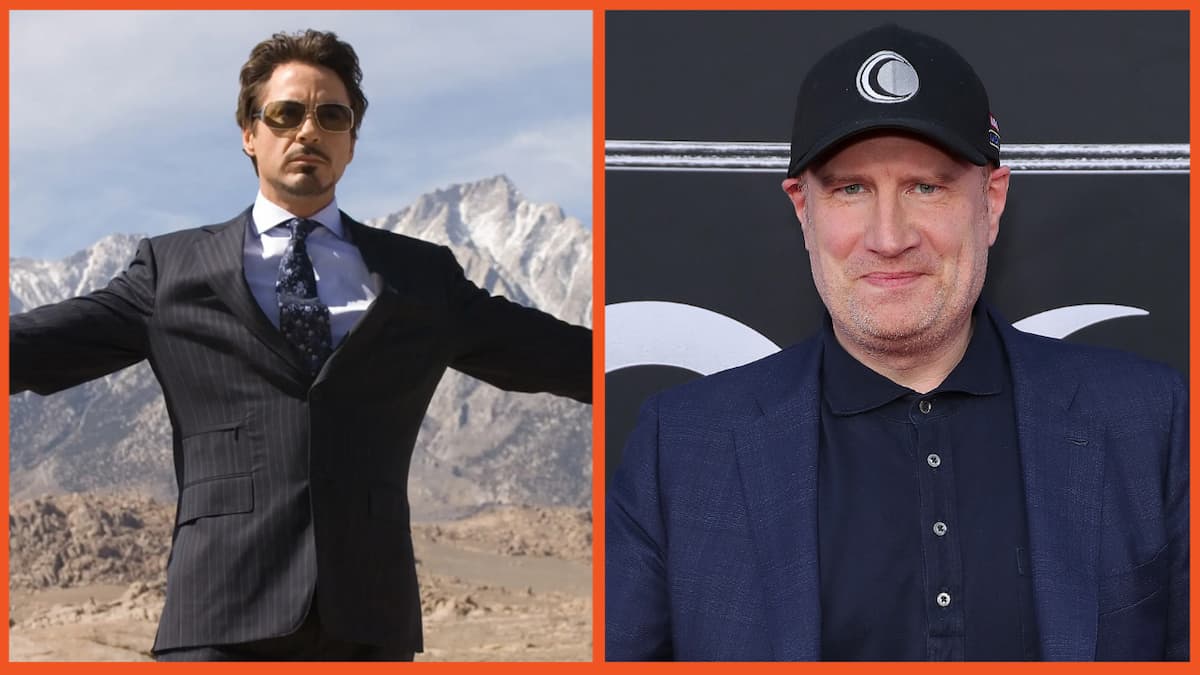
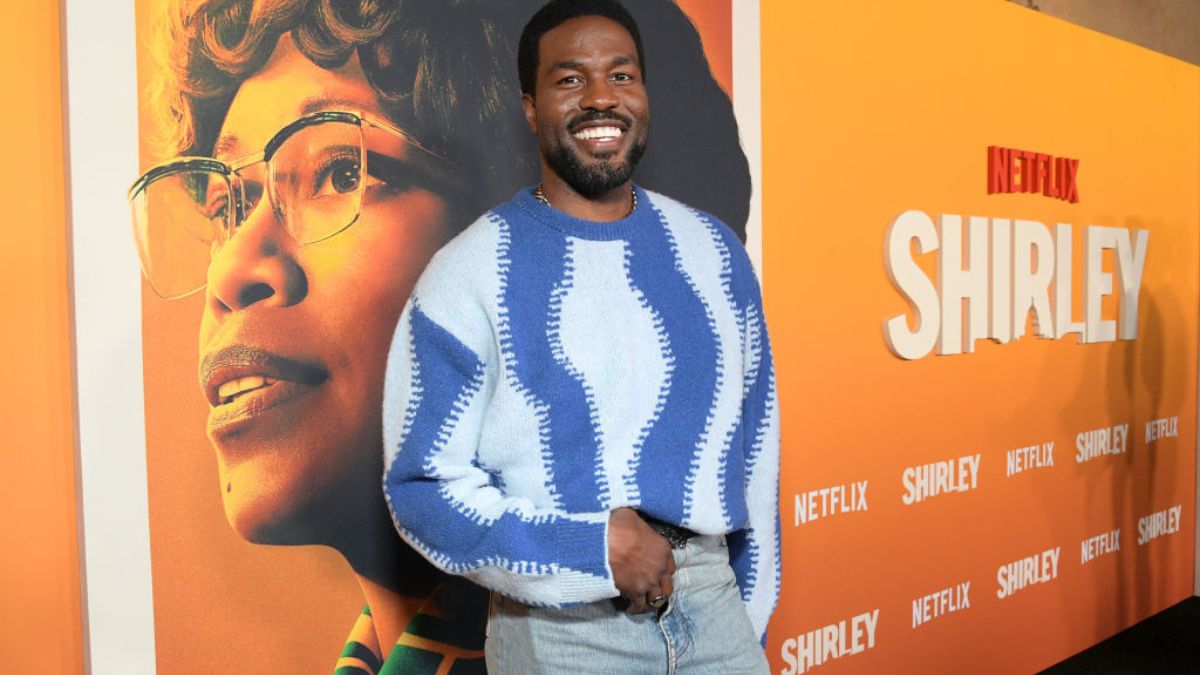
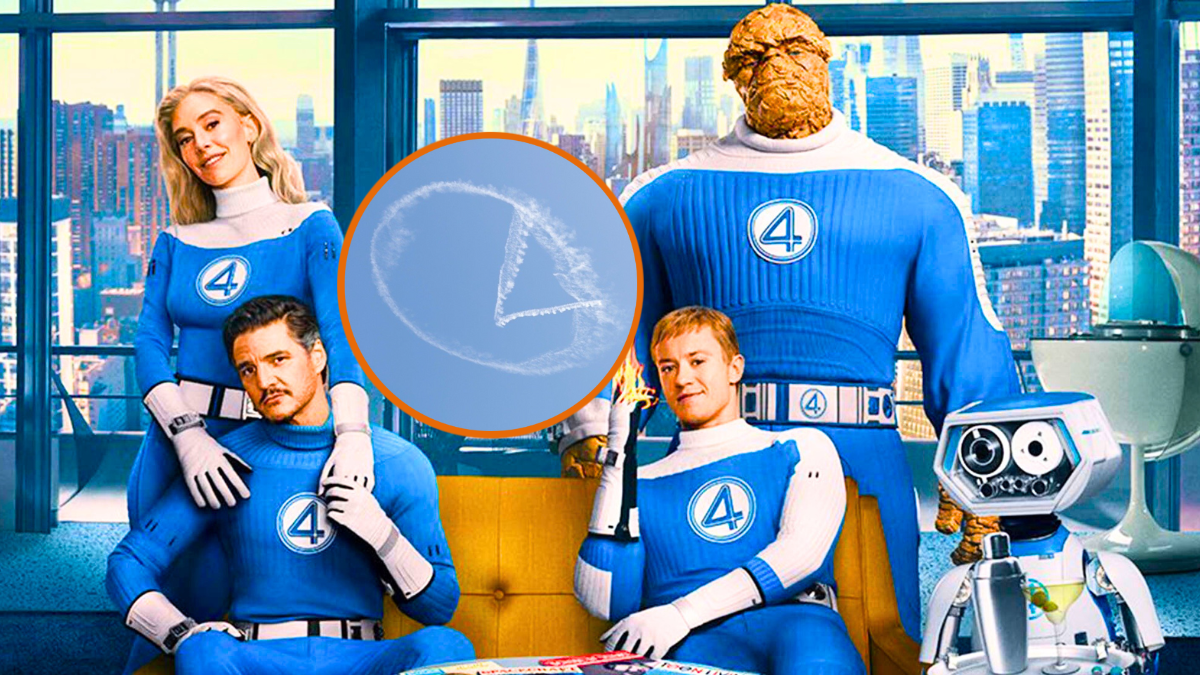
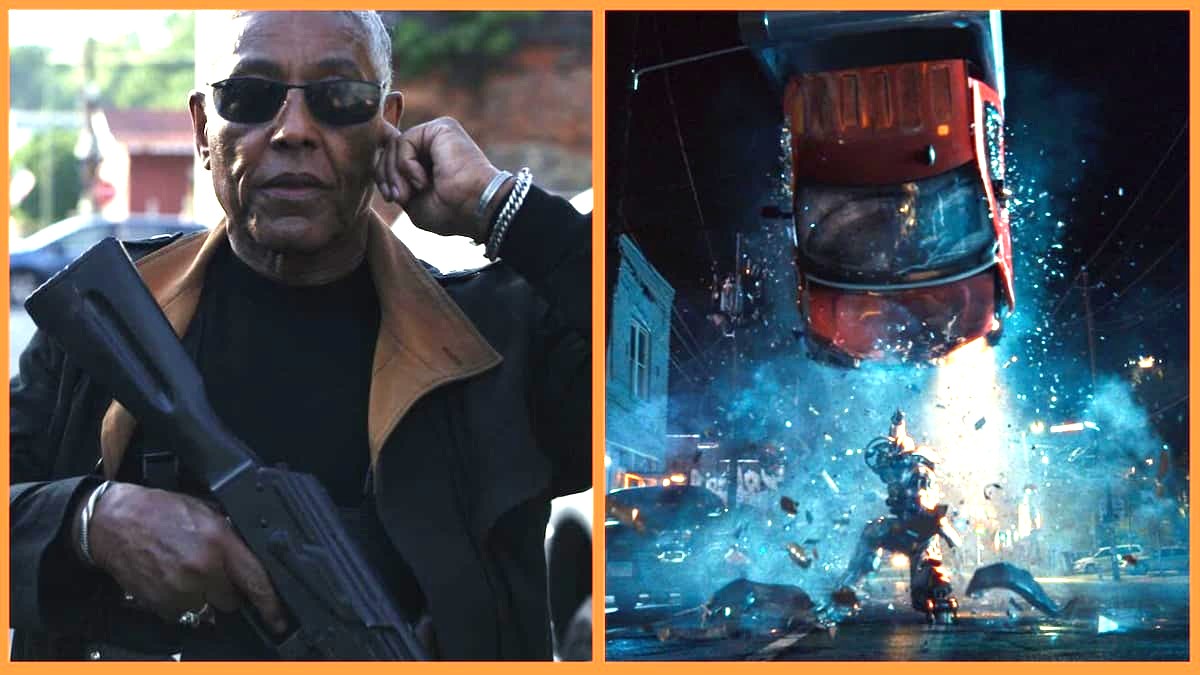

Published: Nov 13, 2023 06:02 pm